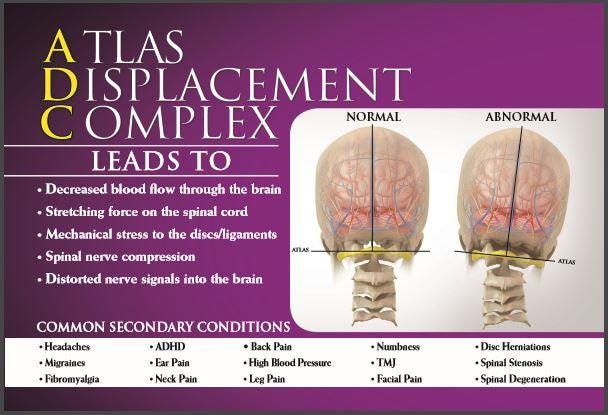Erectile Dysfunction and Foundational Correction

Many men are not comfortable talking about erectile dysfunction. But the truth remains that it is a major problem in the present society. What’s more? It has a huge impact on the lives of people who are affected by it.
When a man has erectile dysfunction, he cannot achieve an erection or maintain one firm enough to have satisfactory sexual intercourse.
Erectile dysfunction may occasionally occur, especially during stress. However, when it occurs frequently, it might be a sign of underlying health conditions requiring treatment. Erectile dysfunction can also be a sign of relationship or emotional difficulties, which can only be handled by a professional.
How does a person achieve an erection?
Erectile dysfunction may be caused by problems occurring at any stage of erection. A person achieves an erection when blood flows to his penis. The blood flow to the penis is stimulated by physical stimulation of the male organ or by sexual thoughts.
Sexual stimulation of the male causes the penile muscles to relax. This enhances the flow of blood to the arteries in the penis. The chambers in the penis fill up, and the organ becomes rigid.
Contraction of these muscles causes the accumulated blood to flow out via the veins of the penis, thus bringing the erection to an end.
Causes of erectile dysfunction
Erectile dysfunction may be a singular condition (occurring on its own), or in some cases, caused by an underlying medical condition. Common medical conditions that may contribute to erectile dysfunction include:
· Sleep disorders
· Heart disease
· High blood pressure
· Tobacco use
· Multiple sclerosis
· Parkinson’s disease
· Alcoholism
· Obesity
· Diabetes
It is, however, important to note that nerve inflammation is the primary cause of erectile dysfunction. The central nervous system controls the nerves that supply the genital area. These nerves are, in turn, connected to the spinal cord.
Any Foundational Shift of the spine can impede blood flow and disrupt communication between the brain and the body via the nerves that supply the genitals. The impeding of blood flow and disruption of communication cause erectile dysfunction and other conditions.
It is also important to note that the health of one’s central nervous system can cause psychological issues, and some of these issues can impact erectile dysfunction. Psychological factors trigger the ability to be aroused or excited, and a misalignment of the spine can affect these factors. Stress, depression, mental health concerns, and anxiety are linked to spine health. They can cause erectile dysfunction or worsen pre-existing conditions.
How does upper cervical chiropractic help with erectile dysfunction?
The goal of Foundational Correction is to correct the primary cause of nervous system dysfunction. As such, it is a recommended method of naturally treating erectile dysfunction. Not only does Foundational Correction using upper cervical chiropractic care decrease the physical symptoms, but it also improves the psychological factors that contribute to it.

Several studies are ongoing with regards to the efficacy of Foundational Correction for erectile dysfunction (ED). A particular study showed that upper cervical chiropractic held great promise for ED improvement. A 53-year-old male patient underwent chiropractic care for chronic lower back pain and erectile dysfunction in one of the studies. After a few weeks, the patient experienced an immense improvement in his back pain and ED.
If you want to learn about the impact that Foundational Correction can have on your health, life, and wellbeing, contact my office at 813–578–5889 or visit our website to schedule your complimentary consultation today. We will be happy to discuss with you and put you back on the path to optimal health and wellness.
References
Hadley, H., Hadley, H. “Reduction in Frequency and Severity of Erectile Dysfunction and Chronic Low Back Pain in a 53-year-old Male Utilizing the Gonstead Technique: A Case Study.” Annals of Vertebral Subluxation Research, 2016 Dec 5; 137–152.